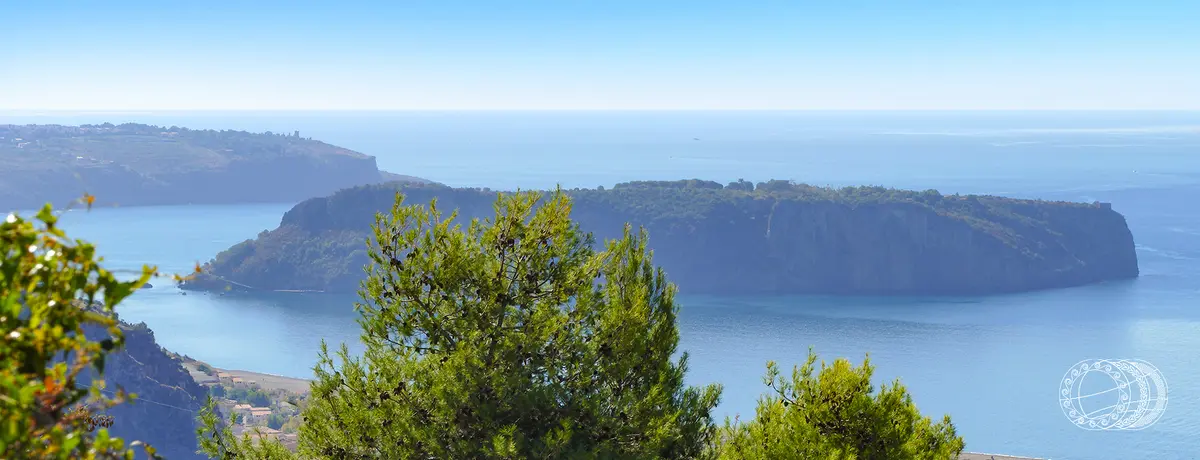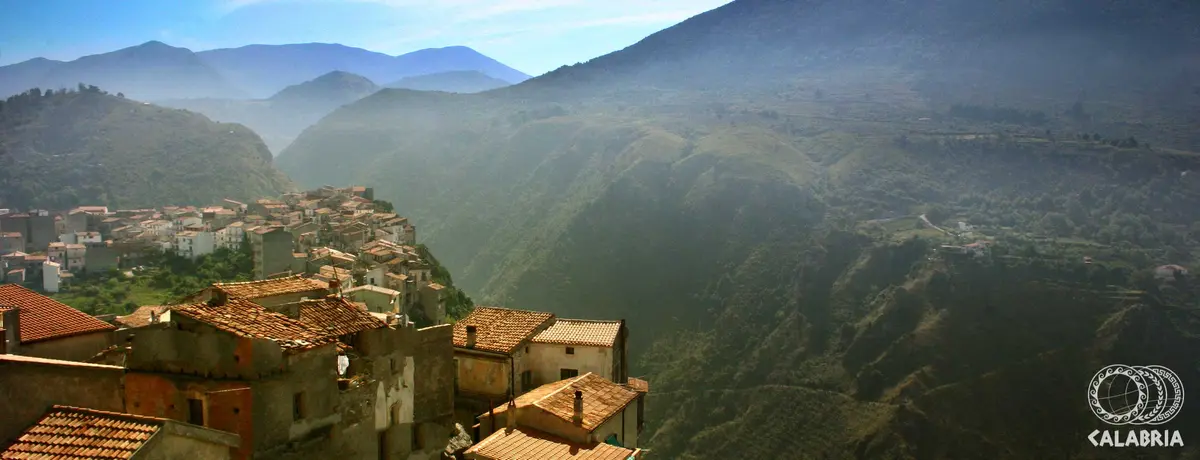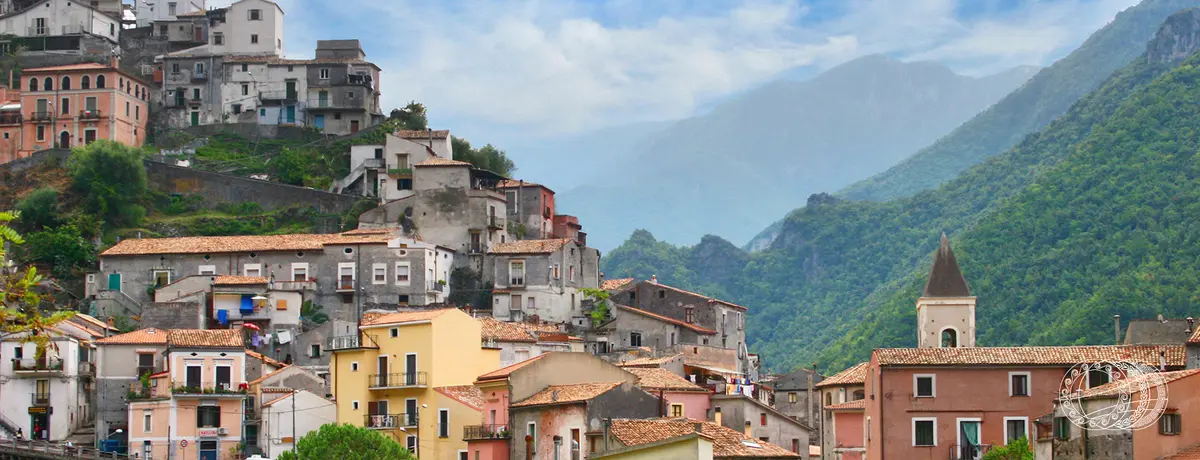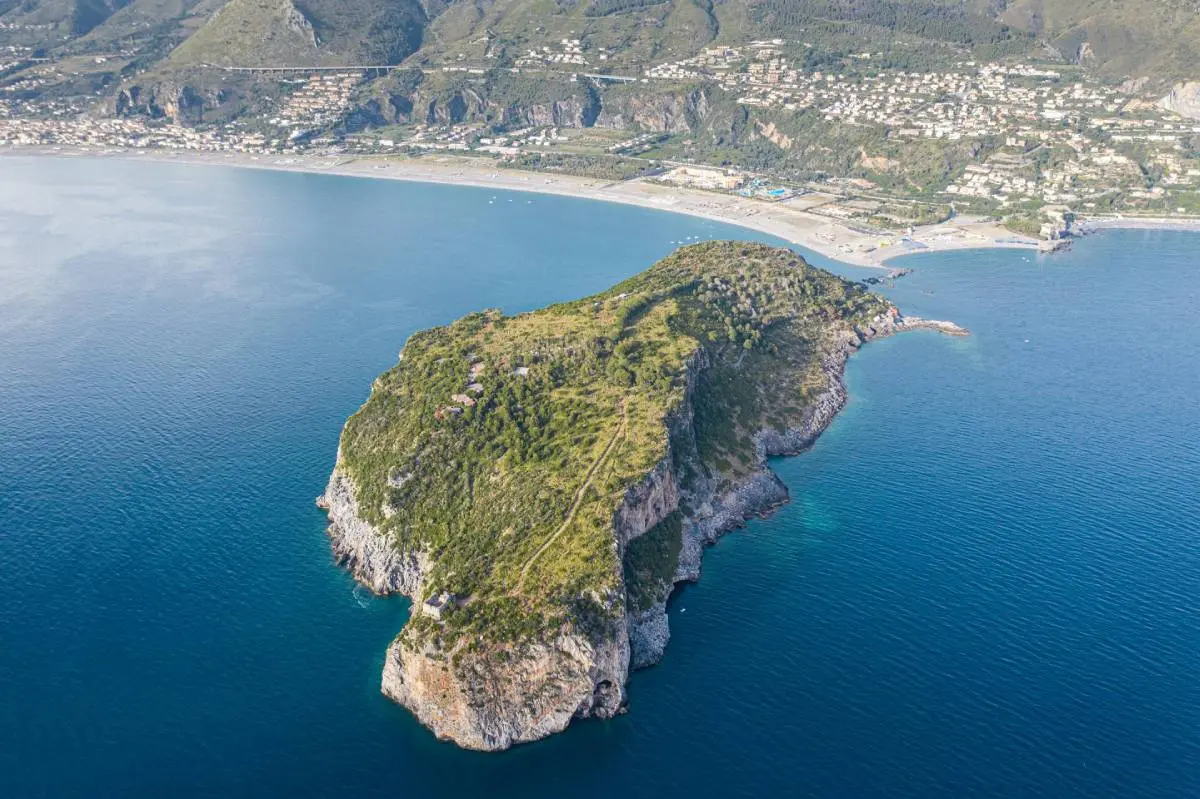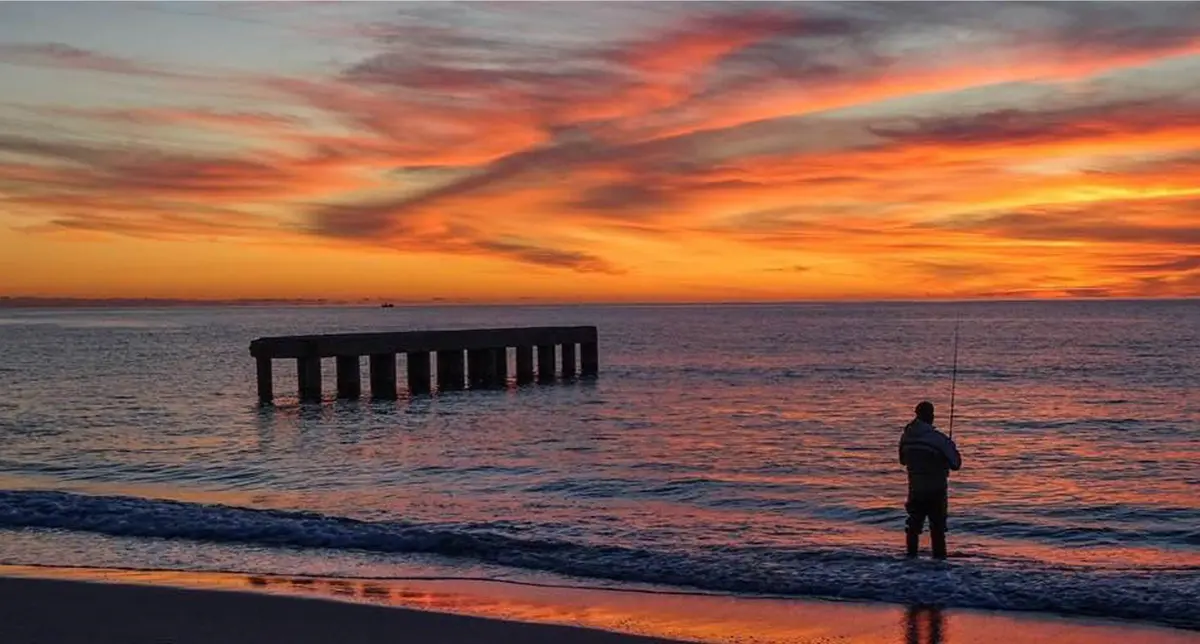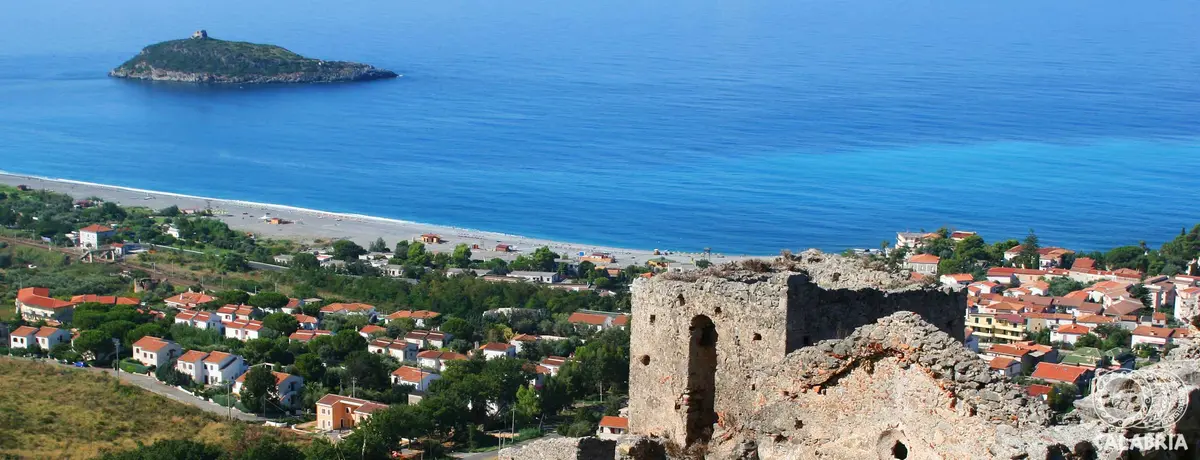Papasidero
The magical appeal of Prehistory

Naturalistic parks
Papasidero - visitpapasidero
The mountain village of Papasidero stands on the left bank of the Lao River, in the heart of the Pollino National Park in the province of Cosenza. Breathtaking views, a medieval town centre and the remains of a famous prehistoric site make Papasidero a must-see destination.
The famous Romito Cave, a few kilometres north of the village, is one of the most interesting examples of Upper Palaeolithic rock art.
A top-notch naturalistic destination for mountain lovers, Papasidero is one of the main gateways to the Pollino National Park and the Lao Valley Nature Reserve, a favourite spot for rafting and canoeing enthusiasts, who challenge the river's rapids while enjoying the landscape. Rich in prehistoric remains, this area of Pollino offers an unmissable gem: the Romito Cave. Discovered by chance in 1961 in the Papasidero area, this cave shed light on the existence of the so-called "Man of Romito", who lived in the cave and created one of the most important Palaeolithic graffiti in Europe, depicting the Bos Primigenius (an ancient ox, a symbol of good luck in hunting).
Another fascinating place is the Shrine of the Madonna di Costantinopoli, nestled in a rocky ridge and a pilgrimage site due to a miraculous 17th-century fresco. Lovers of legends and abandoned places should not miss a visit to the small ghost village of Avena, a hamlet of Papasidero that has long been abandoned and is still shrouded in mystery.
Useful information
What to know about Papasidero
Where to Sleep
There are 11 available accommodations.
Places
There are 3 places to visit.
Travel Ideas
There are 7 travel ideas.
Infopoint Papasidero
Papasidero
No result

